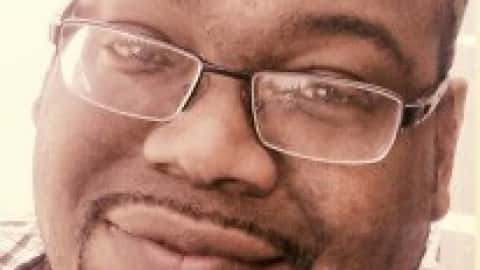Actors have many tools. Voice actors have one:our voice. We don’t have the luxury of costuming, make-up, physical movement, or even eye contact and connection with a scene partner. Even on the rare occasions when we aren’t acting alone in the voluntary solitary confinement of our booths and work collaboratively with a director or another actor, we rarely get to connect directly with another person. There are multiple screens, bulky headphones, expensive microphones and three important beeps to listen for so we can time our line precisely with our character. A less than ideal environment to create a character with depth and nuance.
Yet we do it every day. We use our voices to tell stories, sell products, explain complex topics and breathe life into characters in cartoons, games and shows on all types of platforms. A lot of us are formally trained actors, having studied at a conservatory, university or even graduate school, learning techniques outlined by Stanislavski, Meisner, Meyerhold, Adler, Michael Chekhov, or even Strasberg’s “Method”. Still more of us grew up in community theatre, enjoying singing in the ensemble or dancing in the chorus before starting our own voice over business in a closet with far-from professional sound dampening methods.
Whatever your training, official or unofficial, it can be difficult to translate stage and film acting techniques into voice acting, especially if your booth is small and severely limits your movement. And yet, even in voice acting where the client deliverable is strictly audio, utilizing your body as part of the process invariably produces a better and more professional product. Your literally invisible labor will pay off in the long run. But how to effectively use your body in a cramped space without scene partners to play off of?
Enter Rudolf Laban, an Austro-Hungarian dance artist and theorist considered to be one of the pioneers of modern dance in Europe. His work laid the foundations for Laban movement analysis: “a method and language for describing, visualizing, interpreting and documenting human movement”. While originally created for choreographers and dancers, it’s been utilized by many acting schools and film and stage actors alike. Personally, I LOVE translating its techniques for use in the vocal booth.
While we could easily spend an entire graduate semester unpacking and exploring this, I’m going to **attempt** to define how actors typically incorporate Laban’s work and translate that to voice acting in the next five hundred words or so. And….GO!
(Note: If you’re interested in diving deeper into Laban’s work and, in particular the 8 efforts we’re about to explore, I recommend Vanessa Ewan and Kate Sagovsky’s book Laban’s Efforts in Action.)
“As an actor, awareness of your movement is the key to transformation. By making deliberate physical choices, you can fully and articulately embody different ways of being: you can become someone else” (Ewan and Sagovsky).
Laban’s work categorizes movement into 8 “Efforts of Action”, or efforts as we’ll refer to them from here forward. They are: Float, Dab, Wring, Thrust/Punch, Press, Flick, Slash and Glide. Each effort is a different combination of movement weight (heavy or light), time (fast or slow), space (direct or indirect), and energy (bound or free).
This chart helps define them further:

Ok great, now we have a bunch of random words on a chart and we’re trying to talk about voice acting. Let’s first translate to the stage or screen. (We’ll get to the booth, I promise!)
An actor is given a character they will, in six weeks, portray onstage for an opening night audience. They’ve studied Laban’s work and turn to him for guidance when creating the physical appearance and movement for their character. This actor will represent a character that is brooding, secretive, between 50 & 60 years old and harbors nearly a lifetime of regret for the actions of their youth.
With that profile, let’s turn to the chart. Weight: Heavy. This character carries a heavy burden. Space: Indirect. They have difficulty being honest about the past and so cannot communicate directly with others. Time: Slow. They are a bit older in age and weighted down with the past. Energy/Flow: Bound. They are clearly not free as their past still haunts them.
Without knowing the plot of the play at all, or even the character’s name, we’ve concocted a way to physically portray this character from only a brief description. And Laban gives us a name for this effort: Heavy, Indirect, Slow and Bound come together to create the effort he labels “Wring”. An actor portraying that character onstage or film would perhaps move slowly, not walk in straight lines but in a more meandering pattern, close off their shoulders, or even literally wring their hands together when speaking to others.
And now let’s translate that to the vocal booth. Imagine you have a character who matches the above description and conclude that “wring” is the appropriate effort to describe them. While you can’t necessarily walk around the booth in an indirect way, you can change your posture to hunch forward, slow down your speech and even wring your hands without making any distracting noise to edit out later.
Before you click out of this tab and go on your merry voice over way, I encourage you to create another example on your own. See what effort would best apply to a happy-go-lucky ingénue, or a grizzled detective, or a formidable foe. Then translate that effort into two or three concrete things easily added even in the tiny space of a vocal booth.
These simple physical adjustments will do wonders for your performance. Bringing a character to life in your body as well as your voice is what takes a voice actor from stumbling amateur to seasoned professional. And Laban gives us the language to make that leap.









